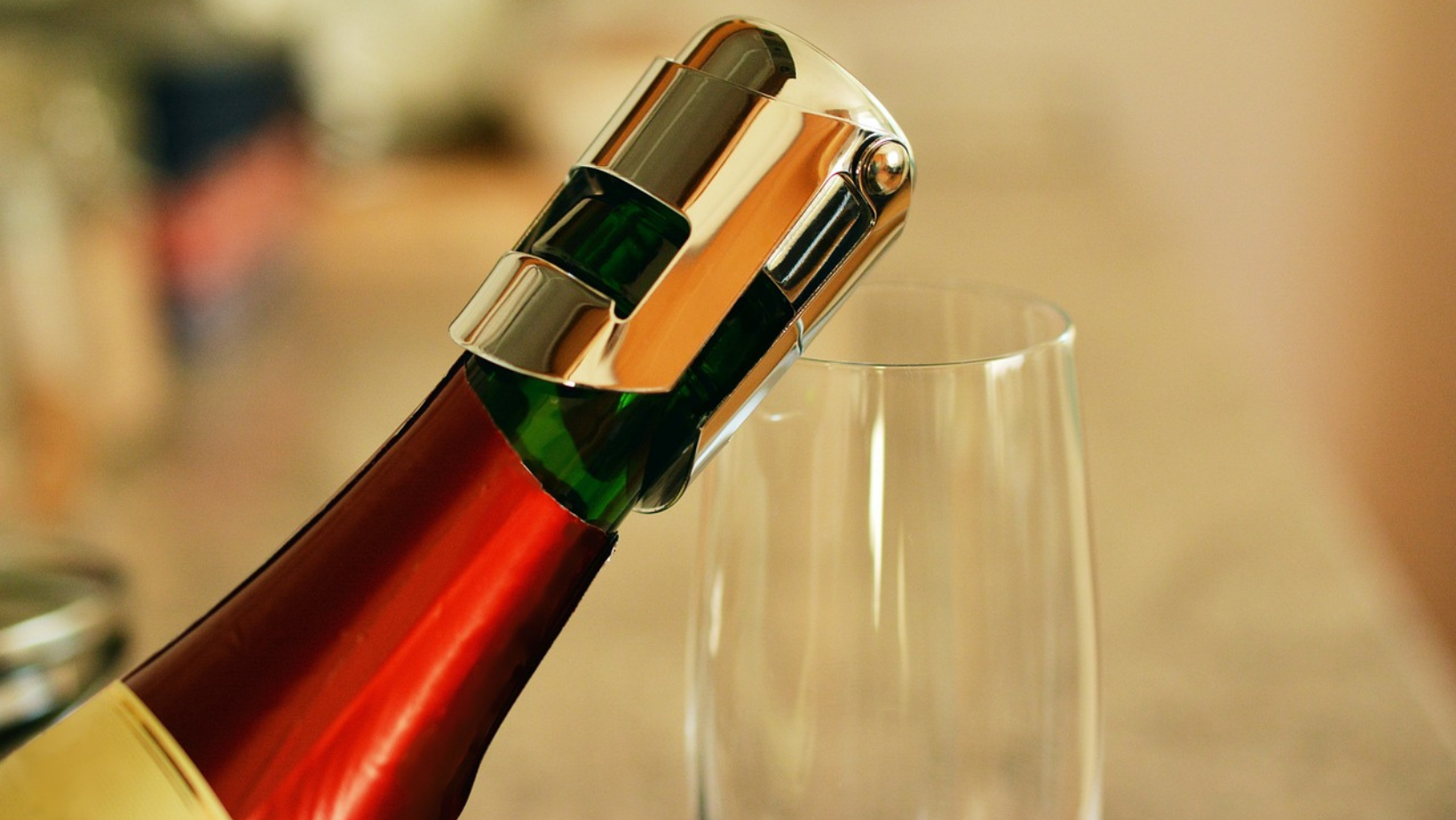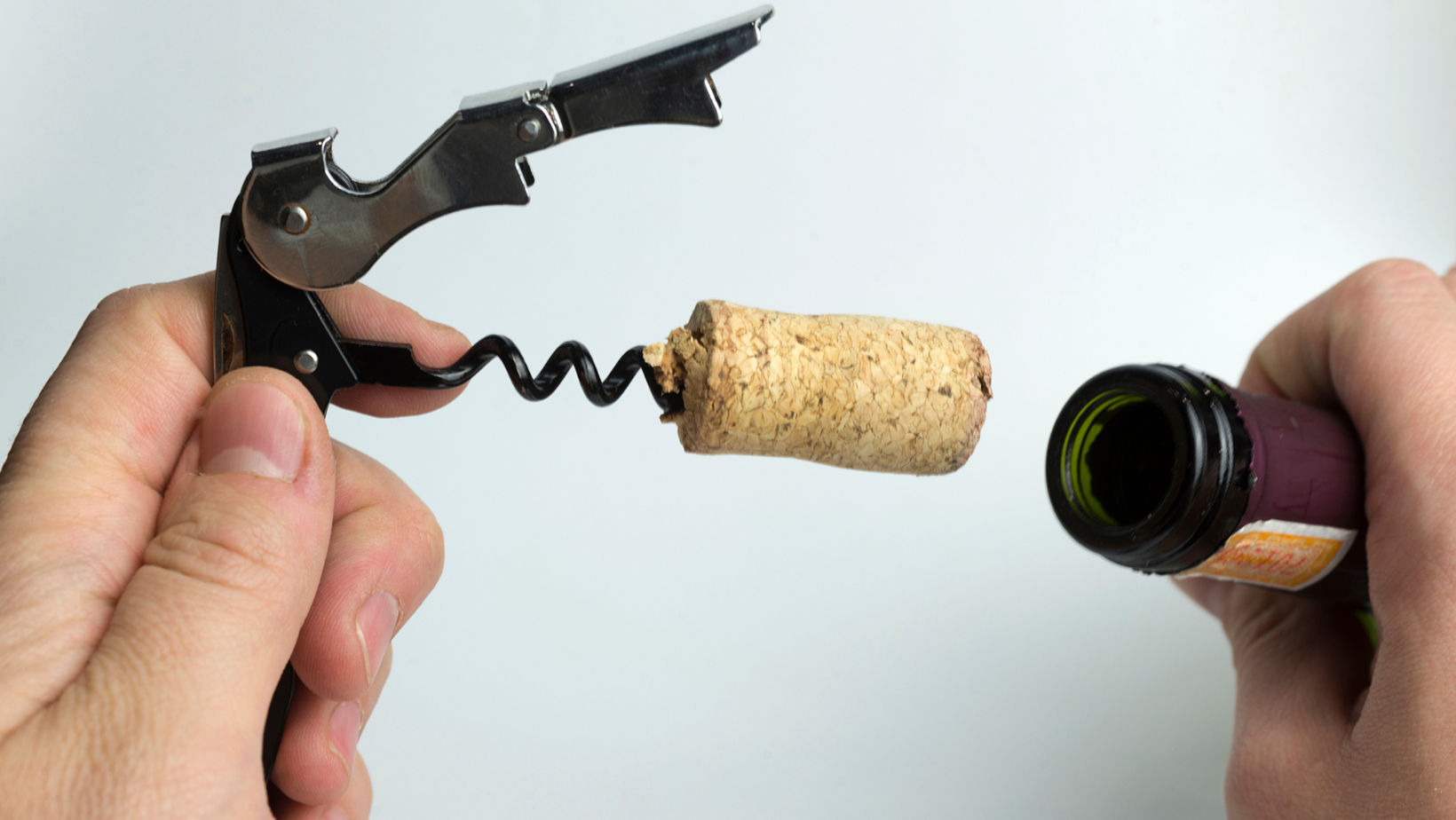How to store opened wine bottles?
It has probably happened to you several times, especially on holidays: all the guests have left and there is still some wine left in the bottles you uncorked for the occasion. The wine was definitely good so you would like to be able to drink it the next day or the following days. You need to understand how to preserve it in the best possible way, so as not to alter the qualities you appreciated so much. How to do it? How to preserve an opened bottle of wine? How to preserve wine in the days after it is opened?
Read our article to find out how to do it. You will find valuable advice from our experts. These are suggestions valid for every occasion in which you find yourself having to preserve a bottle of wine that you have not finished.
Useful tips for preserving an open bottle of wine
An open bottle of wine does not preserve its organoleptic qualities forever. The action of oxygen, which comes into contact with the nectar, can lead to its rapid deterioration. For this reason, in order to be able to consume it even in the days following its opening, without losing its main properties, it is essential to limit the exposure of the wine to air. And let's not forget the right temperature ...
Here's what you should do to preserve an open bottle of wine.
1. Pour the wine into a smaller bottle
A first trick that you could adopt to preserve the wine once opened is to pour it into another bottle with a smaller capacity. It would be perfect to find a glass bottle that can be filled almost entirely with the remaining wine, just like a classic bottle before being uncorked. In this way, the volume of oxygen in contact with the wine is small, without causing negative effects on the nectar.
If, on the other hand, you keep the wine in the same bottle in which it was stored before opening, the quantity of nectar exposed to oxygen is greater, precisely because the bottle is partially emptied. Consequently, the risk of a deteriorating oxidative process is greater.
We know that it is quite complicated to find a smaller bottle perfect for this purpose. Don't worry: there are alternative solutions.
2. Re-corking the bottle
Whether you decide to pour the remaining wine into a smaller bottle or whether you decide to keep it in the original bottle, you must necessarily re-cork it.
We advise you to avoid using the same cork. For two reasons: because during the opening it could have been damaged and, therefore, could have lost part of its hermetic properties; because re-inserting a cork into the neck of the bottle is not a simple operation, often it is impossible because the elasticity of the cork causes it to expand after opening.
There are special caps on the market, the so-called wine pumps, which are perfect for preserving a bottle of wine once opened. These special caps are equipped with a pump that sucks the air out of the bottle.
These types of caps are not suitable for sparkling wines because they reduce the pressure inside the bottle and, therefore, risk compromising the typical effervescence of these wines. In these cases, it is better to focus on the so-called stopper caps designed to hermetically seal the bottles of wine already opened, preventing air from entering the bottle.
All these tips also apply to bottles with synthetic screw caps, especially if, once opened, the thread on the neck has been damaged and the seal of the cap has been compromised.
Only if you do not have these types of caps then you could try to reinsert the original cap or use DIY methods, such as wrapping the cap in baking paper. However, these are much less effective solutions than the previous ones.
 Foto di congerdesign da Pixabay
Foto di congerdesign da Pixabay
3. Store the bottle upright
The ideal position to store an open bottle of wine is upright. An unopened bottle should be stored horizontally, an opened bottle, instead, in a vertical position.
Why? To reduce the amount of wine potentially in contact with the air. A bottle, with a little wine, placed vertically exposes a smaller amount of liquid to oxygen than when it is placed horizontally. You can verify what we have said with a simple home experiment: take a bottle, not necessarily of wine, and evaluate the volume of liquid in contact with the air in the two positions.
If you haven’t used a pump cap or a stopper cap, this is a tip you should definitely follow.
4. Store the bottle in a cool and dark place
Keep it away from sources of light, heat and/or vibration, all factors that could accelerate its deterioration.
Store the bottle in a cool and dark place. Cooler temperatures slow down the deterioration of wine. Identify a suitable room with a temperature of about 10-12 °C and 60-70% humidity.
All these solutions allow you to preserve the wine for, at most, a few days, depending on the attention and care with which you have applied our advice.
You must also consider the type of wine to be stored: light white wines or sparkling wines should be consumed in a very short time, because they tend to lose their qualities more quickly, while more structured red wines, especially thanks to the presence of tannins and other polyphenols, tend to last longer.
If you liked our article and if you want to continue to receive news, updates and curiosities about the world of wine, subscribe to the Wineshop.it wine newsletter. Lots of content and offers await you.









